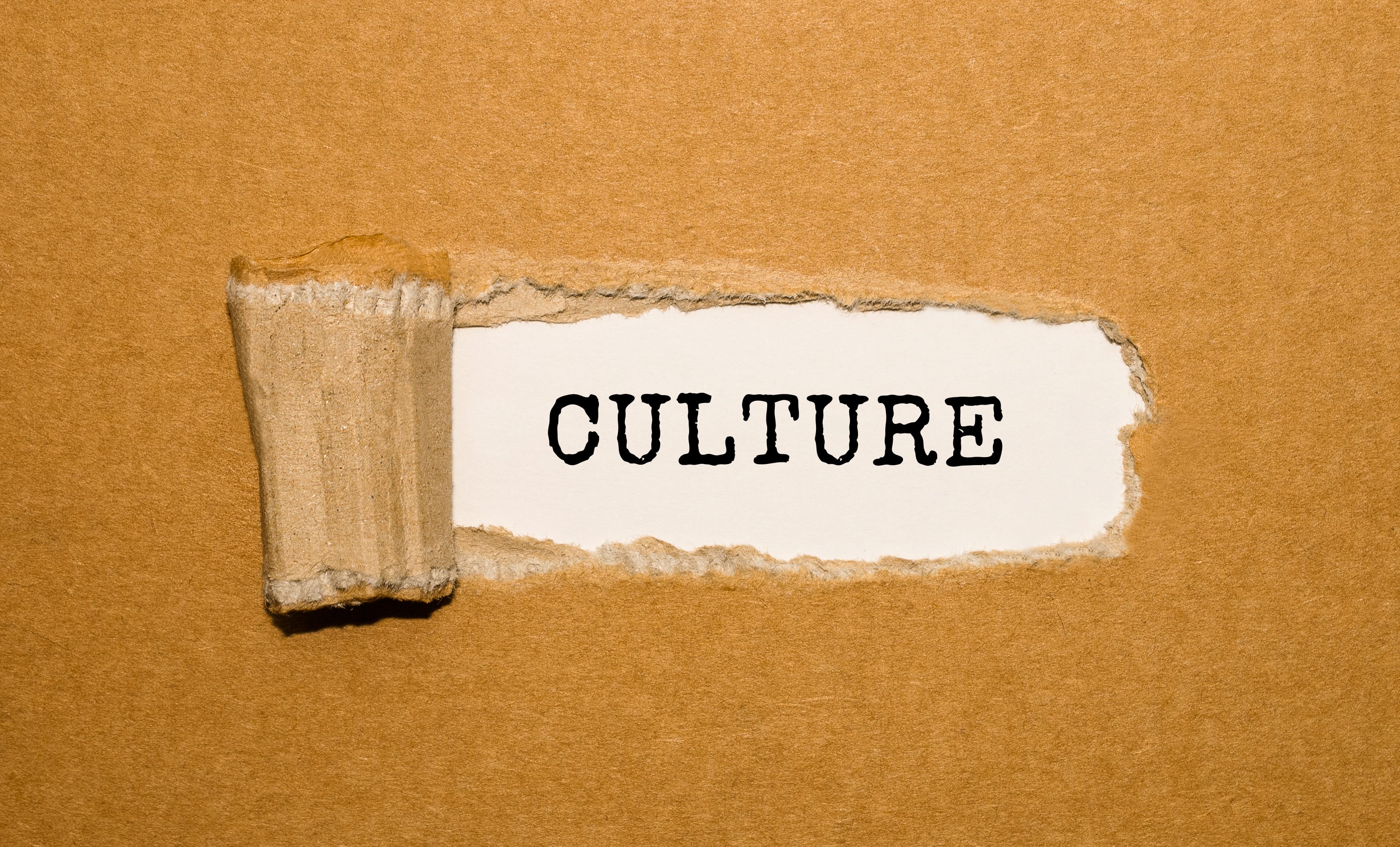Workplace Culture
The Pepsi Ad Debacle and Reminding Managers About Inclusion
By Bravetta Hassell
Apr. 10, 2017
There’s no need to rehash the recent Pepsi ad seen ’round the world. The commercial that featured Kendall Jenner handing a can of the pop to a police officer as the healing balm for the day’s pressing social issues was tone-deaf, a reach and a failure. Did I mention it was also cheesy?
 Plenty of marketing experts — and tons more people in the Twittersphere and other social media spaces — have taken the company to task for doing more things than I care to go over in this post. I hope the following covers it all when I say Pepsi attempted to reach as wide an audience as it could by, oddly, attempting to conflate its branding of being free-spirited, happy and whimsical with the energy of discontent, dissatisfaction and injustice that has prompted people across the country to demonstrate and protest.
Plenty of marketing experts — and tons more people in the Twittersphere and other social media spaces — have taken the company to task for doing more things than I care to go over in this post. I hope the following covers it all when I say Pepsi attempted to reach as wide an audience as it could by, oddly, attempting to conflate its branding of being free-spirited, happy and whimsical with the energy of discontent, dissatisfaction and injustice that has prompted people across the country to demonstrate and protest.
You just can’t mix the two.
There’s no shared space for what looks like a block party and what is a protest against police brutality. But Pepsi attempted to create such a place. The ad instantly raised questions about the state of the advertising industry, how Pepsi’s half-baked concept even got off the table in the first place, and who was and wasn’t at the creative and decision-making meetings for this ad but should have been.
Whenever completely offensive pieces like the Pepsi ad see the light of day, the assumption is that “the table,” wasn’t diverse enough. Surely, with a wider range of cultural and life experiences at the table, the ad concept would have been axed right out of hand:
“Kendall Jenner? Modeling? During a protest that alludes to Black Lives Matter? With police? With her handing an officer a Pepsi and everyone cheering? What?” Awkward silence. “Um, are there some other ideas … better ones? Team?”
Sadly, African Americans made up on 5.8 percent of the ad industry in 2014. In 1978, just 5 percent of the ad industry was made up of black and Hispanic employees. So there’s a decent chance that Pepsi’s creative was more on the homogenous side than it was, well, like that ad, to be honest.
But I’ll give them the benefit of the doubt on that for the moment. I don’t work there. I’m not in their HR department. Maybe there were diverse voices at this table. But then I ask, were those diverse voices heard? Was space made for these employees to share their ideas and opinions? Was the environment they contributed to one where they were treated like equal team members or dismissed as tokens?
Because diversity is one thing, but inclusion is quite another. By way of the Pepsi ad, a gift from the blog gods, I’ll take the time to encourage learning leaders to — in the midst of supporting their organization’s strategic diversity and inclusion efforts — work with managers on being inclusive leaders.
In Harvard Business Review, HBR Guide to Office Politics author Karen Dillon reminds managers to recognize the dangers of playing favorites — whatever favorites might look like. “If you’re narrowly focused on always picking your dream team, you’re putting your eggs in one basket.” Plus by not playing fair, managers are undercutting what their team could accomplish when everyone’s abilities and contributions are utilized. Playing favorites limits team development and that of the excluded individual, and it holds back the manager’s own professional development, too, Dillon told HBR.
Dillon also encourages managers to keep track of who is doing what on the team. That way they are consciously making an effort to delegate work more equitably. People who aren’t picked for the best assignments are keenly aware of it, Dillon said. So managers should keep tabs on whose turn it is to do things like run team meetings and so forth.
Of course, in behaving inclusively, managers need to think inclusively. They should be looking for ways to make sure everyone is included in the group work even if it is by way of a minor role. Managers should also encourage their reports to speak up and to make sure team meetings are participatory.
The HR Council of Canada reminds managers about the importance of relationship building with all of their direct reports. In learning about employees’ backgrounds, lives and interests outside of work, managers can build relationships “through increased understanding and trust,” which helps to foster inclusion.
But pulling back from the few tips I’ve just shared, inclusion of diversity in all its forms is ultimately what drives greater innovation. Closer to the Pepsi story, inclusion of diversity will enable companies to do a better job of reaching and connecting with their customers. Because having underrepresented groups at the table is decent but becomes game-changing when leaders allow them the floor to contribute, to opine, to create, to challenge, to collaborate, to help decide.
Creativity suffers otherwise. Individual morale and productivity suffer, too. And companies like Pepsi scramble to salvage their image while apologizing for shoddy work.
Bravetta Hassell is a Workforce associate editor. Comment below, or email editor@CLOmedia.com.
Schedule, engage, and pay your staff in one system with Workforce.com.

